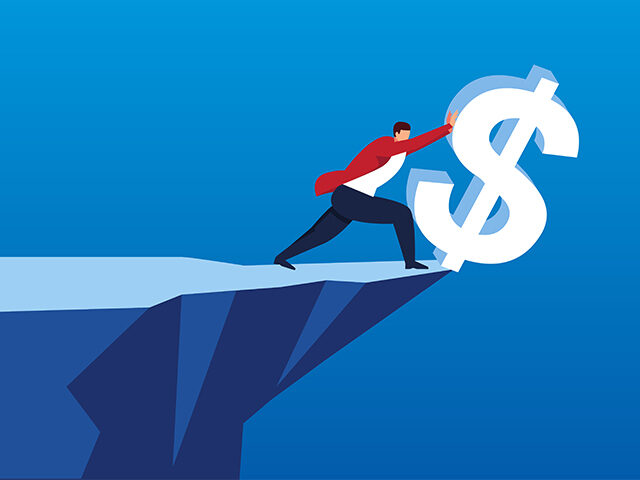While a lot of the commentary on inflation has centered around the idea that we may have passed peak inflation, the more relevant question is whether we have already had peak disinflation.
The July headline figure of zero for the Consumer Price Index (CPI) sparked a lot of talk about peak inflation. The one-month figure was down from 1.3 percent in June, and the 12-month figure fell from 9.1 percent to 8.5 percent. Excluding volatile food and energy prices, so-called core CPI rose 5.9 annually and 0.3 percent monthly, even with the prior month. Median CPI, a good proxy for underlying inflation, rose 0.5 compared with the prior month, a slowdown from 0.7 percent. The Cleveland Fed’s 16 percent trimmed mean CPI rose by just 0.4 percent, half the pace of the 0.8 percent recorded in June.
For the folks who had been pronouncing that inflation was about to roll over ever since it started rising, this was very exciting. Never mind that there had been several head-fakes in the past, including a two-month decline in the 12-month figure in the summer of 2021 and a one month decline in April of 2021. Both of those were declared peak inflation at the time, only to see inflation rear back up again. At least this time there had been four rate hikes to support the idea that inflation might be coming down, rather than just a hope for immaculate disinflation.
The August report on consumer prices complicated the picture. Headline inflation fell to an 8.3 percent pace on a 12-month scale—supporting the idea that inflation had peaked in June—but the month-to-month figure returned to positive territory. Core prices were up 6.3 percent annually and 0.6 percent monthly. Median CPI accelerated back to a 0.7 percent monthly gain and rose to 6.7 percent over the year. Trimmed mean CPI jumped to 0.6 percent monthly and 7.2 percent annually.
In other words, the August figures pointed to the possibility that rather than the beginning of a downward trend in inflation, the July CPI report was another head-fake.
Data received on Tuesday support the pattern of a July decline followed by an August acceleration. New home sales collapsed in July, and economists were predicting a further decline in August. Instead, new home sales ripped higher. The growth of orders of core capital goods—nondefense capital goods less civilian aircraft—had fallen to 0.7 percent in July. In August, they jumped 1.3 percent.
The Case-Shiller home price index reported on Tuesday showed the first month-to-month decline since 2012. But that is data from July. We will have to wait a month until we see if it follows the pattern of acceleration seen elsewhere.
We’re fond of saying that one month does not a trend make. It is still possible that the August acceleration in activity and inflation was a death spasm of rising inflation and we will more definitively turn toward a downward trend this fall. More likely, we will be in for a period of inflation volatility in which various measures of inflation rise and fall. This is most likely one of the reasons that at his recent press conference Fed Chair Jerome Powell emphasized the multi-month moving averages of inflation. What matters is the trend and not just the most recent data point.

COMMENTS
Please let us know if you're having issues with commenting.